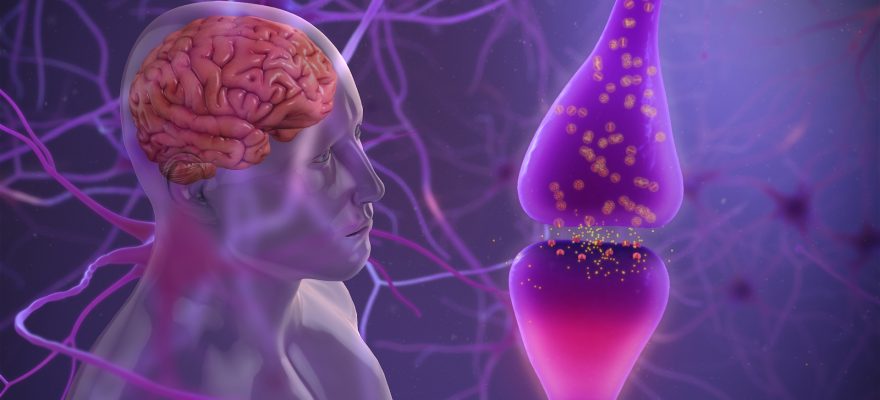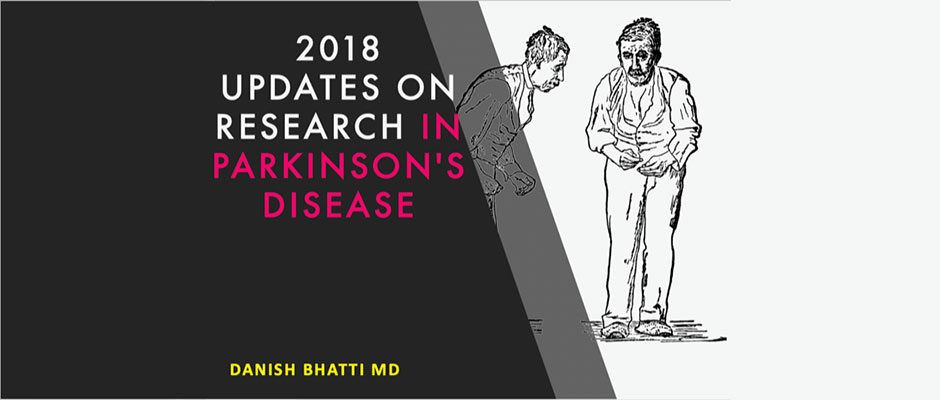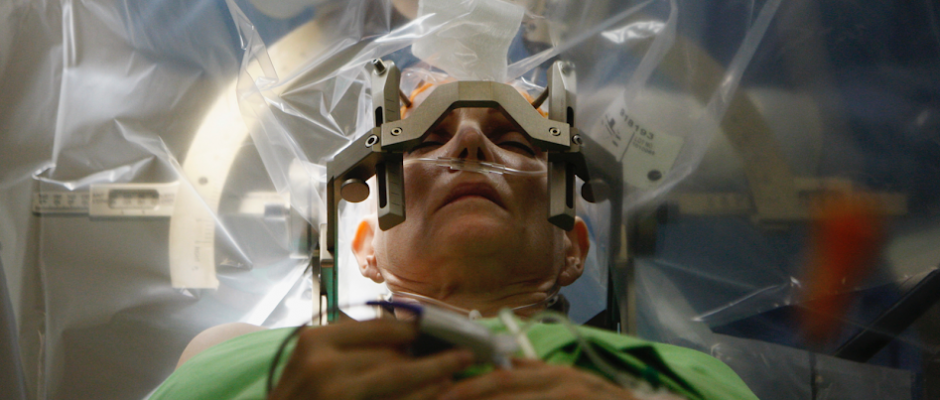Parkinson’s disease (PD) is the second most common neurodegenerative disease, with a life time risk of 4 percent. However, risk increases with age with a prevalence of one percent at age of 65 but rising to 20 percent after the age of 80 (Jane A. Driver. Neurology 2009) One out of twenty patients, is however, diagnosed before the age of 40. Parkinsonism alone is associated with a two-fold increase in the risk of death with a significant impact on mobility …
Category: Parkinson’s Disease
Parkinson Disease is a Neuro-degenerative disease which means that it is seen due to gradual loss off neurons or brain cells in certain parts of the brain. This process starts years before the diagnosis and an estimated 60% or more of the brain cells are lost before clinical diagnoses of Parkinson’s disease can be made due to motor symptoms. Once this process is initiated it continues on its own pace, which is different for each patient. Once this was recognized …
ABSTRACT Introduction: Parkinson’s disease (PD) is increasing in prevalence due to a growing elderly population. Although there is no cure, there are exercise therapies and medications for mild to moderate disease. For more advanced disease, infusion or surgical interventions including deep brain stimulation surgery, levodopa carbidopa intestinal gel, and subcutaneous apomorphine infusion are considered. As these interventions become increasingly available, it is imperative for a neurologist involved in the care of advanced PD to be aware of the indications and …
Patient Beliefs, Culture and Experiences from a Developing country Danish Bhatti MD University of Nebraska Medical Center (UNMC) Movement Disorder team partnered with several institutions in Pakistan to conduct an exploratory prospective multi center, study on characteristics of Parkinson’s disease (PD) in Pakistan with focus on experiences cultures beliefs and risk factors from a developing country. These institutions included University College of Pharmacy at University of Punjab, Neurology departments of Hamdard University Hospital, Liaqat University Medical and Health Sciences, Shifa …
Using Nebraska state registry for research in Parkinson’s disease. Danish Bhatti MD Nebraska was the first State and still one of the only three states in U.S. which have a state mandated registry for Parkinson’s disease (PD). This registry was established 20 years ago with work and efforts by the faculty of Public Health and movement disorders Neurologist in Nebraska. This has accumulated a large amount of data over the last years of patients with PD through various sources. This …
One of the hallmark feature of Parkinson’s disease (PD) is a tremor that is present at rest and usually start on one side, typically in the arm but can be seen also as a starting in the leg. This PD tremor is very characteristic and can be separated from other tremors, the most common being essential tremor or benign familial tremor. It is a common mistake by most physicians especially primary care physicians to diagnose patients with the new onset …
Most common evaluations of Parkinson’s disease (PD) in the clinic consist of motor assessments using some form of repetitive task. One such tool is use of a Unified Parkinson’s Disease Rating Scale or UPDRS which involves multiple different activities such as repetitive finger tapping with first finger and thumb as fast as possible. The clinician observes for any slowing or decreasing amplitude or any irregularity with freezing of the movement. Since the original description of Parkinson’s disease, the assessment of …
Parkinson’s disease is a progressive nervous system disorder that affects movement. Symptoms start gradually, sometimes starting with a barely noticeable tremor in just one hand. Tremors are common, but the disorder also commonly causes stiffness or slowing of movement. In the early stages of Parkinson’s disease, your face may show little or no expression. Your arms may not swing when you walk. Your speech may become soft or slurred. Parkinson’s disease symptoms worsen as your condition progresses over time. Although …
Friday, October 19, 2018 With the high prevalence of Parkinson’s disease in the Midwest, this conference will address the need for coordination of care, clinical guidelines for assessment and management, as well as an update on the current recommendations for the care of the Parkinson’s patient. Agenda coming soon… Target Audience This conference is intended for physicians, physician assistants, nurse practitioners, nurses, occupational therapists, physical therapists, and speech pathologists. Conference Objectives At the conclusion of this conference, the participant should …
RAD-PD is a collaborative Quality Improvement Research Project, a form of health services effectiveness research that intends to generate a huge amount of information from patients receiving deep brain stimulation surgery for Parkinson’s disease in a systematic goal driven process across multiple institutes. Collection of such a large data set will provide insights into treatment patterns and related outcomes. What we know about the use of Deep Brain simulation surgery comes from a handful of trials. Designing a trial is …











